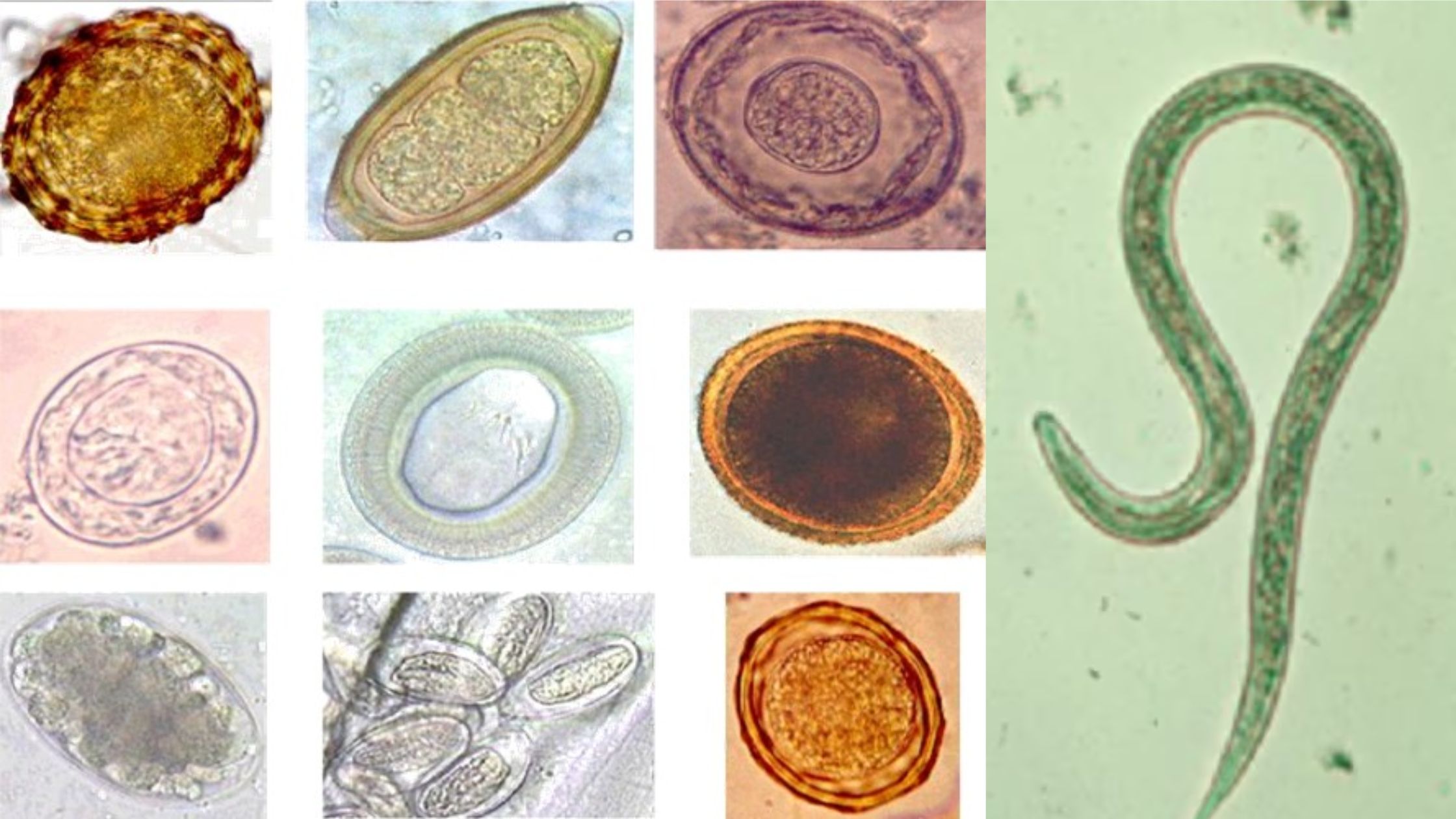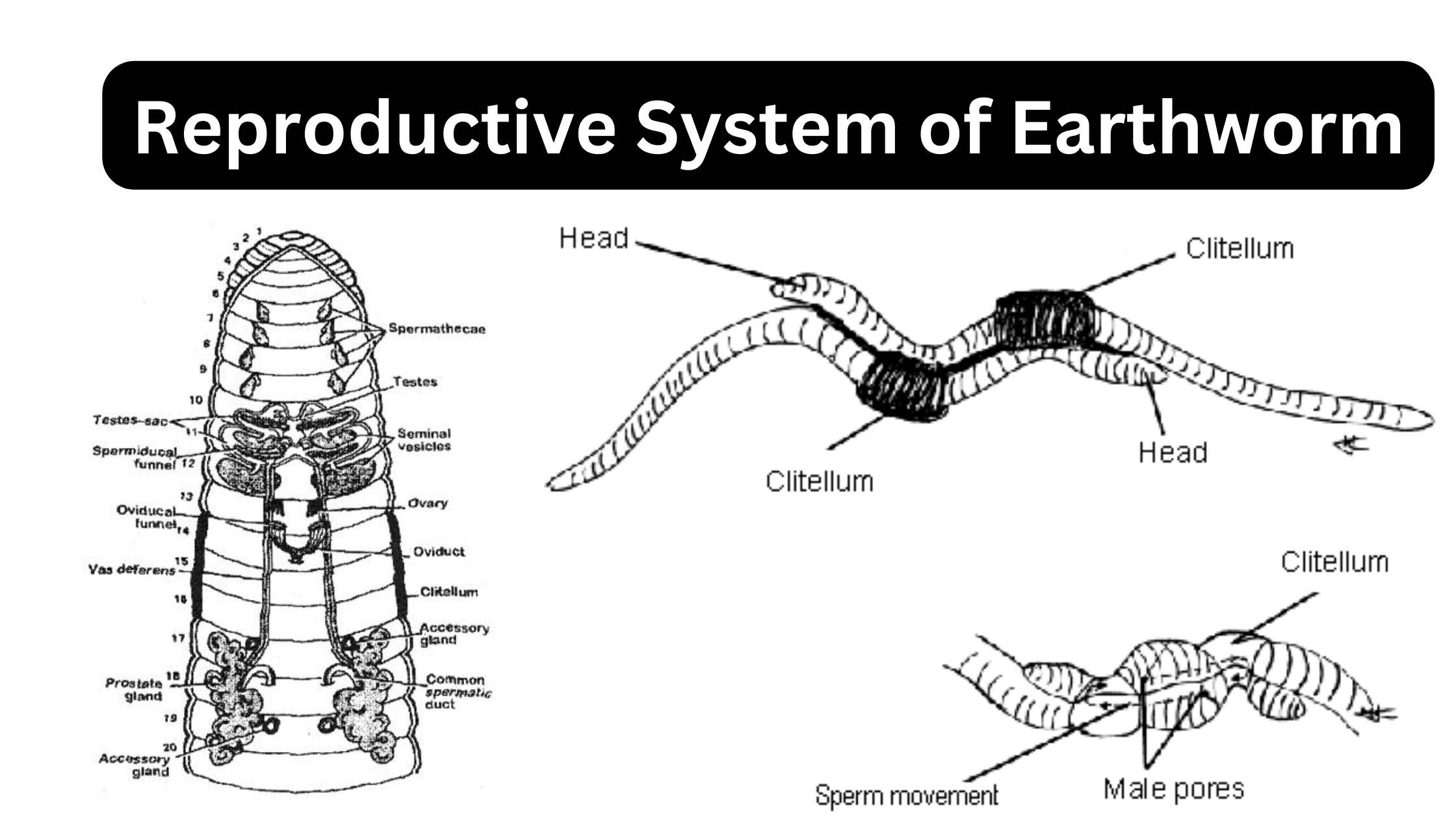Helminths – Structure, Classification, Life Cycle, Infection, Pathogenesis
What are Helminths? Classification of Helminths Helminths, a diverse group of invertebrates, are primarily recognized for their elongated, flat, or round bodies. They are categorized into two main classes: flatworms (Platyhelminthes), which include flukes (trematodes) and tapeworms (cestodes), and roundworms (Nematoda). The classification of helminths is essential for understanding their biology, life cycles, and modes … Read more









